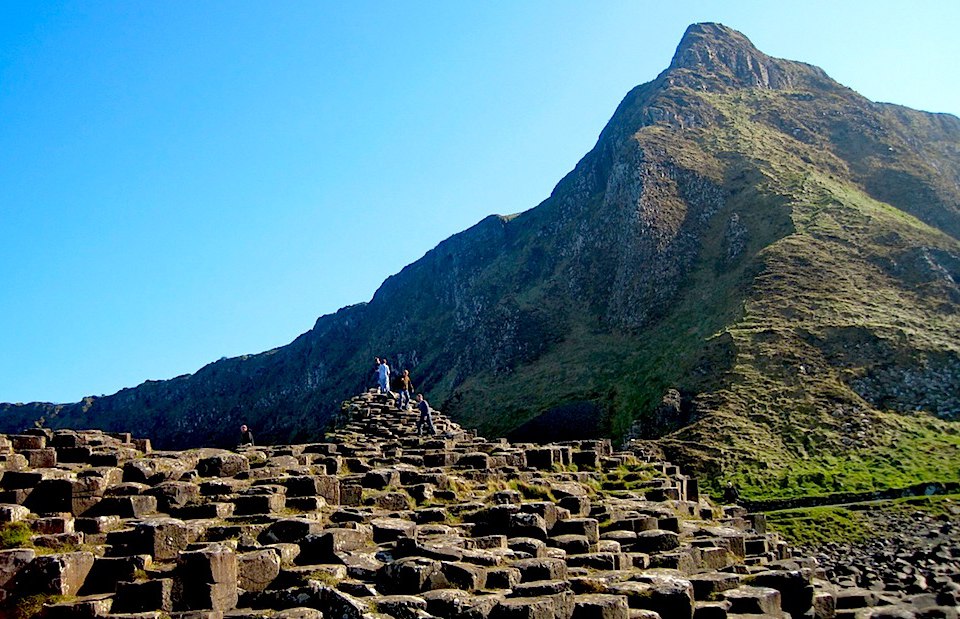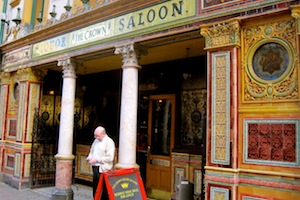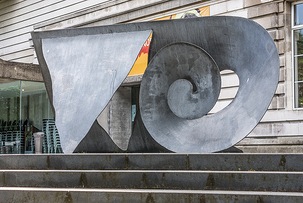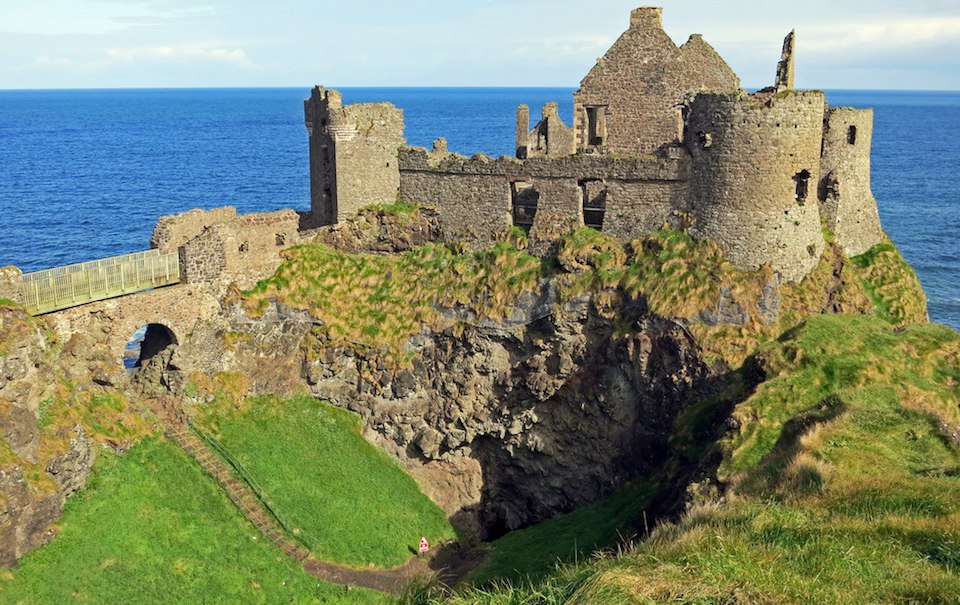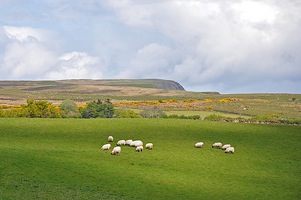Tourism has not caught on to Northern Ireland like it has to its neighbor, the Republic of Ireland. Rather this small section of the United Kingdom has been fraught with conflict, steering the tourists away for more peaceful grounds. However, Northern Ireland is not what it once was, especially for the adventure-seeking traveler. It is place of mythical landscapes and Victorian charmed cities. Here are the places you must put on your itinerary if you visit:
The largest city in Northern Ireland is often the main launching point for exploring the country. If you want to begin your tour of Northern Ireland with adventure, head into West Belfast, long a warzone but today populated mostly with travelers snapping shots of its famous murals. The murals of West Belfast tell of political, military and religious conflicts. They mainly depict The Troubles, a period in Northern Ireland’s history of civil conflict and terrorism throughout the 1970s and 1980s. You can walk along the Catholic Falls Road and the Protestant Shankill Road and see the murals first hand. Black Taxi Tours also offer explanations of the murals with the help of a black taxi to guide you along these stretches and an educated guide behind the wheel.
The Ulster Museum
More adventure in museum form waits at the Ulster Museum in Belfast. From dinosaurs to the first Egyptian mummy transported to Ireland, you can comb through much of Northern Ireland’s past, present and all of the treasures that it has collected. One of the museum’s most captivating exhibits is that on the shipwreck of the Girona off of the Giant’s Causeway Coast.
If the darker sides to Belfast’s history and the endless floors of the Ulster Museum have run you ragged, you can kick back with a drink at the Crown Liquor Saloon. Dating back to 1826, having a drink in this Victorian Gothic pub is more like slugging back brews in an art museum. In fact, the pub’s owner, the National Trust, restored the Crown Liquor Saloon to its elaborate Victorian glory.
Dunluce Castle
The Dunluce Castle, a good starting point for exploring Northern Ireland’s coast, showcases how the edgy once lived. The ruined castle dramatically locates on the headland plummeting straight into the sea on the North Antrim coast. While mostly in ruins, you can still get a sense for how the space was used as a late medieval and 17th century castle. If you think the water seems dangerously too close for comfort, you are not alone. Many believe that the castle’s kitchen fell into the sea in 1639, making for a truly unhappy meal.
The Giant’s Causeway
From Dunluce Castle in the morning, you can continue into the afternoon to the Giant’s Causeway for more exploration. Acting as Northern Ireland’s only Unesco World Heritage Site, the otherworldly landscape is believed to be the work of an undersea volcano that erupted 60 million years ago. As the lava cooled, it created a hexagonal pattern in the rocks. Erosion has caused the columns to sprout up, making for a landscape that very well could be the work of giants. There are around 40,000 basalt columns littering the coast.
You can easily spend hours at the Giant’s Causeway, especially if you want to do some walking. Several trails exist in various degrees of difficulty and time, but an hour with the Giant’s Causeway will show off rocks shaped like organ pipes, camels and boots. The most complete walk is that of the Causeway Coast Way, a 33-mile walk from Portstewart Strand to Ballycastle.
As the day fades away at the Giant’s Causeway, you can rest up for the night amidst the Glens of Antrim where bed and breakfasts litter the scene. As you follow the coast eastward, you will encounter settings of rugged cliffs broken up by nine green and glowing glens. Located in the northeastern corner of County Antrim, the glens are essentially glacier-gouged valleys. Picturesque villages find pockets of space in the Glens of Antrim with the common favorite towns of Cushendun, Cushendall and Carnlough.
